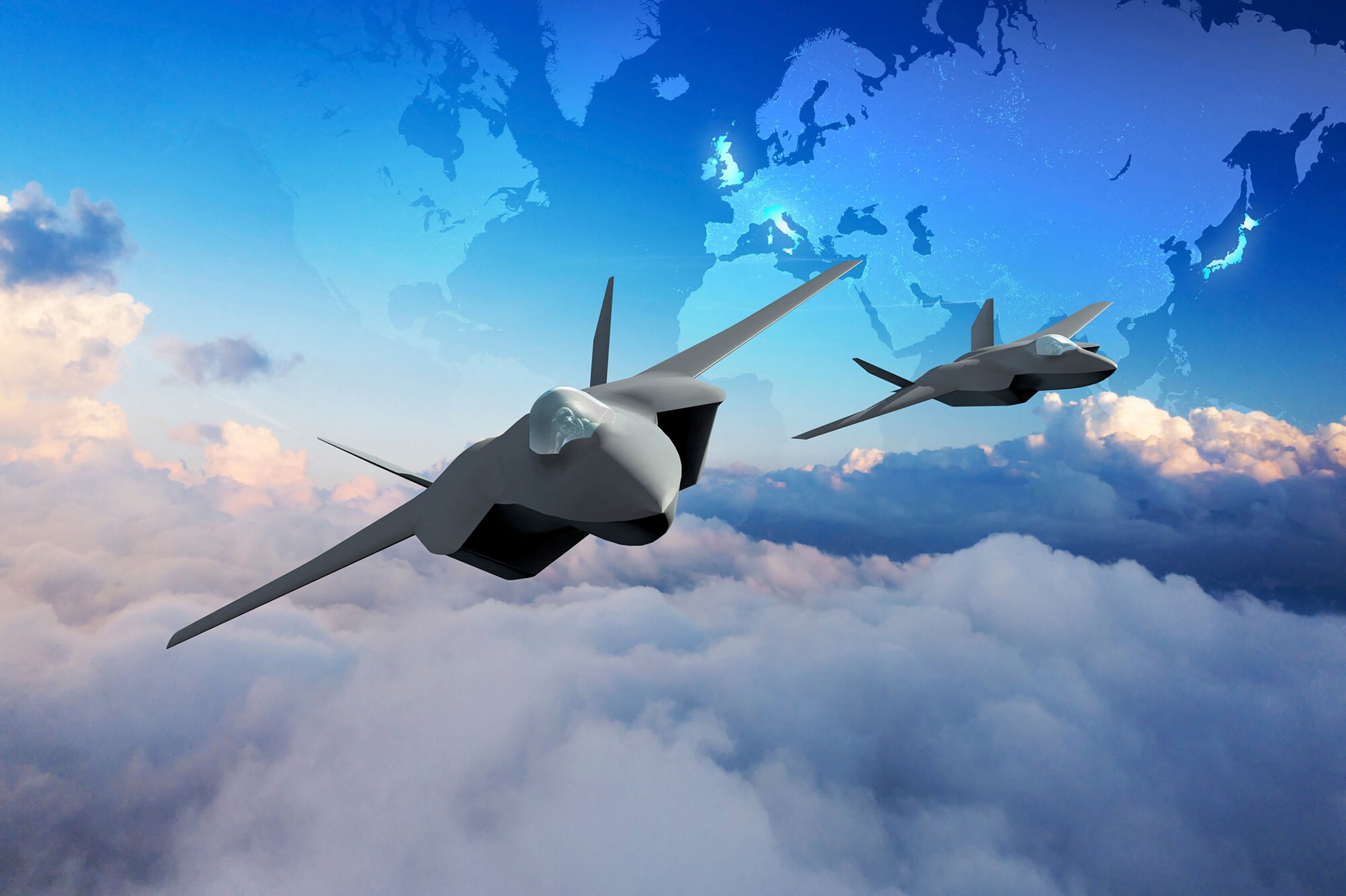samarachapman3
About samarachapman3
Private Jet Flight: A Comprehensive Examine
Private jet travel has emerged as a big mode of transportation, catering to a various clientele starting from enterprise executives to celebrities and affluent individuals in search of comfort and luxury. This report delves into the varied facets of private jet flight, together with its benefits, operational dynamics, economic implications, and environmental issues.
1. Introduction to Private Jet Flight
Private jet flights check with the use of aircraft that aren’t available for public use, typically chartered or owned by individuals or companies. These jets provide a degree of exclusivity and flexibility that commercial airways can’t match, permitting passengers to travel on their very own schedules and to airports that will not be serviced by industrial flights.

2. Advantages of Private Jet Travel
2.1 Time Effectivity
One among the first advantages of flying privately is the numerous time financial savings. Private jets can entry smaller airports nearer to the ultimate destination, lowering floor transportation time. Furthermore, passengers can arrive just minutes before departure, bypassing long security traces and boarding processes typical in industrial aviation.
2.2 Flexibility and Comfort
Private flights provide unparalleled flexibility. Travelers can change their flight plans with minimal notice, accommodating final-minute conferences or private commitments. This adaptability is particularly interesting to enterprise professionals who require a dynamic travel schedule.
2.3 Consolation and Luxury
Private jets are designed with passenger comfort in mind. They typically characteristic spacious cabins, luxurious seating, gourmet catering, and customized service. This stage of consolation is especially helpful for lengthy-haul flights, where travelers can work, relaxation, or socialize in a private atmosphere.
2.4 Privacy and Security
For top-profile people, privacy is paramount. Private jets present a secure atmosphere the place passengers can conduct enterprise discussions or get pleasure from personal time with out the prying eyes of the public or media. Enhanced security measures also guarantee a safer travel expertise.
3. Types of Private Jets
Private jets come in various sizes and configurations, catering to different needs:
3.1 Gentle Jets
Gentle jets are excellent for short-haul flights and may usually accommodate 4-8 passengers. They’re price-effective and suitable for fast journeys between nearby cities.
3.2 Midsize Jets
Midsize jets provide more room and vary than light jets, accommodating 6-9 passengers comfortably. They’re appropriate for medium-haul flights and provide further amenities.
3.Three Heavy Jets
Heavy jets are designed for lengthy-distance travel, with the capacity to hold 10 or extra passengers. They characteristic luxurious interiors and advanced technology, making them suitable for international flights.
3.4 Jumbo Jets
For bigger teams or particular occasions, jumbo jets can accommodate up to 50 passengers. These aircraft are often custom-made to provide a unique flying expertise.
4. The Economics of Private Jet Travel
4.1 Possession vs. Chartering
People and businesses have the option to either personal a private jet or charter flights as needed. Ownership includes significant upfront prices, including buy worth, maintenance, and operational expenses. In contrast, chartering provides flexibility without the lengthy-term financial dedication.
4.2 Cost Factors
The price of private jet travel varies widely based mostly on a number of factors, including aircraft type, flight distance, and extra providers. On average, chartering a light jet can cost between $2,500 to $5,000 per hour, while heavy jets can range from $5,000 to $10,000 per hour or more. Further prices might embrace touchdown charges, gas surcharges, and catering.
4.3 Market Developments
The private jet market has seen vital development, notably within the wake of the COVID-19 pandemic, which heightened considerations about health and safety in industrial aviation. Extra travelers are choosing private flights as a safer alternative, leading to elevated demand and a rise in charter providers.
5. Environmental Considerations
Regardless of the quite a few advantages of private jet travel, it is essential to handle the environmental impression related to aviation. Private jets typically have the next carbon footprint per passenger in comparison with business flights as a result of decrease passenger masses and fewer efficient gasoline consumption.
5.1 Carbon Offsetting
Many private jet operators are adopting carbon offset packages to mitigate their environmental impact. These programs contain investing in renewable power tasks or reforestation efforts to compensate for the emissions generated by flights.
5.2 Improvements in Sustainable Aviation
The aviation business is actively exploring sustainable aviation fuels (SAFs) and electric aircraft as potential options to scale back emissions. While these technologies are still in the early phases of improvement, they hold promise for a more sustainable future in private aviation.
6. Regulatory Framework
Private jet operations are subject to varied laws that ensure security and compliance with aviation standards. In the United States, the Federal Aviation Administration (FAA) oversees private aviation, whereas different countries have their very own regulatory bodies. Compliance with these regulations is essential for maintaining security and operational efficiency.
7. The future of Private Jet Travel
The future of private jet travel appears promising, with advancements in technology and a growing give attention to sustainability. The rise of digital platforms for booking private flights has made the process extra accessible, allowing a broader audience to experience private aviation. Moreover, innovations in aircraft design and fuel effectivity are expected to form the trade in the coming years.
8. Conclusion
Private jet flight represents a singular and luxurious mode of journey that provides important advantages by way of time, flexibility, and comfort. As the business evolves, addressing environmental considerations and embracing technological advancements might be very important for its sustainability. The growing interest in private aviation reflects a broader development towards customized travel experiences, making it an essential component of the fashionable transportation landscape.
No listing found.
